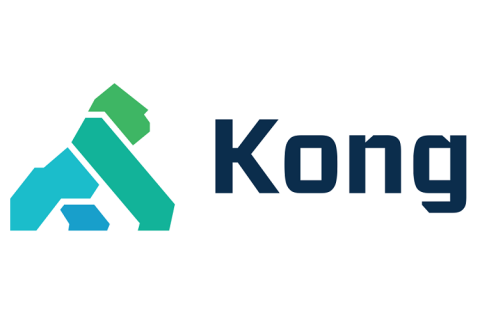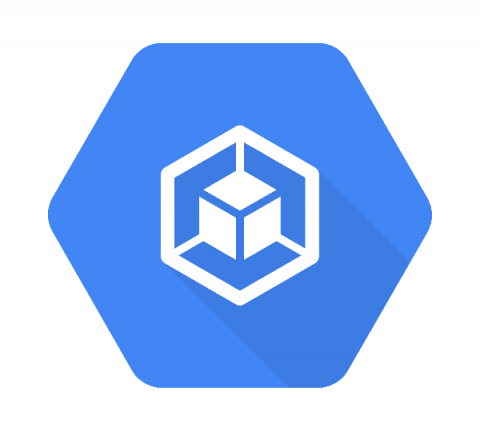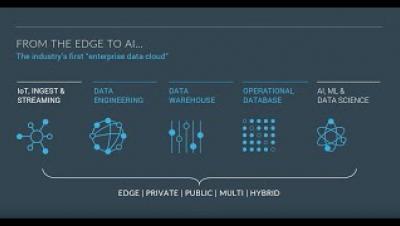How We Moved from Heroku to Google Kubernetes Engine
In my last post I laid out our reasoning for moving from Heroku to Google Kubernetes Engine (GKE) and other GCP services. Now I'll describe the actual migration process in detail. This isn't designed as a how-to guide for migrating from Heroku to GKE—Google has their own excellent tutorial for that—but rather a description of some of the challenges of migrating real-world production applications and how we overcame them.








